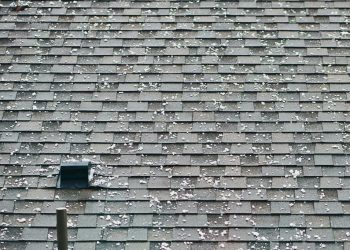If your home has a finished basement, or if you’re thinking about turning the basement into a family room, home gym or bedroom, you’ll obviously want it to be warm when people spend time downstairs in the colder months. If you have an unfinished basement and people rarely go down there, you might think that there’s no need to heat it, but there are several reasons why you should.
Keep the Rest of the House Warmer
If the basement is cold, that can make the floors in the rooms above it cold. Cold air downstairs can also lead to heat loss via water lines and ducts in the basement. If the ducts aren’t well sealed, cold air from outdoors can get drawn into the house, which can make your entire home colder. The furnace will then have to work harder to compensate, which can lead to high utility bills.
Prevent the Growth of Mold
Mold can grow in a cold basement. If the foundation is cold and it comes into contact with warm, moist air from other parts of the house, those conditions can encourage mold to grow. Heating the basement can prevent the combination of extremely different temperatures and reduce the chance of mold growing in the basement during the winter.
Insulate the Basement
Before you introduce a heat source in your basement, consider adding more insulation. If your home is currently losing a significant amount of heat through the basement walls, heating the area downstairs without tackling the insulation issue won’t help much, if at all.
You can hire a contractor to install additional insulation or handle the project yourself. It’s not as complicated as you might expect. If you don’t know how to do it or need advice on what type of insulation to use, consult an expert at a local home improvement store.
Add a Heat Source
If you install more insulation and find that your unfinished basement is still too cold, you can modify your existing HVAC system, extend ductwork and add a cold air return to heat the basement. That may be expensive up front, but it can result in substantial savings in your winter heating bills.
You can also install radiant floor heating and warm the basement using electricity or hot water. That would cost a significant amount up front, but you could save a lot more on your winter utility bills. It’s much easier to install hydronic (hot water) radiant heating when a house is being constructed than after it has been built. In an existing house, electric radiant heating may be a better choice.
Installing baseboard heaters in the basement is yet another solution. This has a low initial cost, but baseboard heaters use a lot of electricity and can therefore be expensive to operate.
You may decide to heat the unfinished basement with a space heater or gas fireplace. Be sure to choose one that’s right for a basement of your size.











